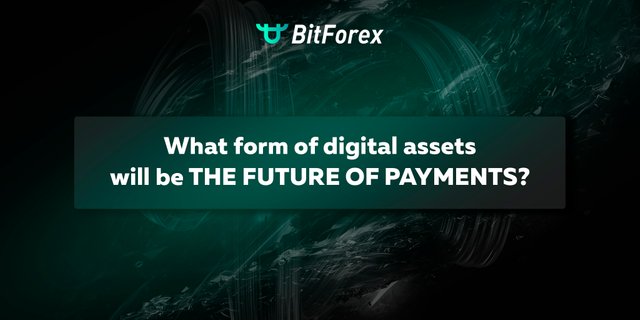What form of digital assets will be the future of payments?
We’re living in a time when digital assets are edging closer to mainstream adoption. From retail customers to traditional banks and financial service providers, the use of digital assets is on the rise. Many of these assets promised to disrupt financial markets and large incumbents. But despite receiving widespread attention, they haven’t quite achieved their potentials. That said, large institutions are keeping up with the developments. According to a Bank for International Settlements report, 86% of the world’s central banks are exploring digital currencies.
After all, the world we live in is now digital, so it makes sense that money and assets should go digital. But how realistic is this in the next five years? And will the type of digital assets and the technology behind them remain the same?
Large Organizations Are Beginning Their Digital Assets Journey
Institutional interest in cryptocurrencies continues to grow. For example, Goldman Sachs surveyed over 300 of its high-net-wealth clients and found that 40% of them are already exposed to cryptocurrencies. More recently, Banco Bilbao Vizcaya Argentaria (BBVA) — Spain’s second-largest bank — announced it will launch a Bitcoin (BTC) trading service for private banking clients in Switzerland, while Citigroup is considering providing trading, custody, and financing services.
Aside from banks, payment firms such as MasterCard and PayPal are getting involved in cryptocurrencies by accepting crypto payments for their customers.
And then, there are central bank digital currencies (CBDCs). Infrastructure providers are trying to position themselves as ready for CBDCs. SWIFT and Accenture recently published a joint report that outlined how it could work as a potential carrier of CBDCs, should they become a reality.
Furthermore, central banks worldwide are exploring CBDCs and working to safeguard public trust in money and payments. These retail and wholesale CBDCs can do this by offering the unique features of finality, liquidity, and integrity while also providing security. For example, the most promising CBDC design would be tied to a digital identity system, requiring users to identify themselves to access funds. This new venture will foster innovations that serve the public interest.
Interestingly, it is still the early days of the development of cryptocurrencies, CBDCs, and other forms of digital assets. However, there is a near-unanimous view that these assets need to become more standardized, secure, and robust before entering the mainstream.
At A Crossroad
Perhaps, the digital assets form we will most likely adopt is the CBDCs, controlled and issued by central banks. There has been major testing already, and this type of digital asset would ensure a strong supply, governance, and regulation similar to what we see with fiat currencies today.
For any of these digital assets, buying-in among end-users — large corporations, SMEs, and individual consumers — will be crucial to determining success. And success will ultimately be measured in decades, not a few years.
